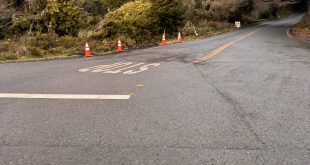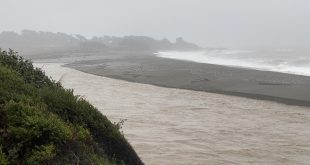Who do you believe about Pomo Indian heritage protection?
Vineyard developer Artesa, or traditional Pomo elders
and a Professor of Archaeology and Anthropology
with expertise on Kashaya Pomo?
| Artesa says their vineyard development site is not culturally significant and has no important cultural or archaeological impacts.Pomo elders who still live in the area and were taught how to harvest food and medicine there by their elders say otherwise. And a leading academic expert agrees with them and denounces Artesa’s analysis as a lie. |
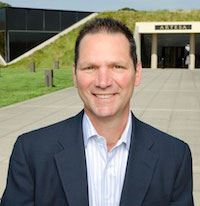
Keith LaVine, President of Artesa Vineyards & Winery |
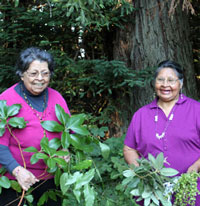
Violet Parrish Chappell and Vivian
|
Artesa’s official statements on Artesa Annapolis Vineyard project effects on Pomo heritage (2013): |
Chappell and Wilder statements (2010): |
| “Here, the project site itself is not culturally significant…” | “Those vineyard people are interfering with our ancestors’ area.” |
| “The site is neither integral nor necessary to the Kashia community’s beliefs or specific practices.” | “It is a dedicated area. It is a special area. If they do something wrong there, things are not going to go right. Who will believe us? We are speaking from the viewpoint of Kashaya. We have to talk from the viewpoint of our spiritual leader, what we were taught.” |
| “No known locations important to maintaining the Kashia community’s cultural identity are on the project site…” | “That patch over there — Artesa land in Annapolis — that is a blessed place for us.” |
| “The project has no effect on properties associated with the cultural practices or beliefs defining the Kashia living community or their cultural identity.” | “We dedicated our trees not to be cut. The trees in the forest are blessed.” |
| “…the Kashia have not had access to the property for more than 100 years.” | “We went there as kids. We picked berries there with our mother. We picked berries for necklaces.” |
Prof. Peter Schmidt, Dept. of Anthropology, University of Florida
“From a Kashia perspective, how can a sacred site be ‘mitigated’ when it is being developed into a vineyard at all? To say that their mitigation in any way ameliorates the impact on a sacred site is a piece of tomfoolery. It’s a lie.” 2011, source: People Who Belong To The Land, Anderson Valley Advertiser. [On Artesa’s analysis of cultural resources] “This type of confused and circular reasoning insults the Kashia Pomo, it violates principles of heritage conservation held in county, state, and federal law, and it hides the issues from public understanding.” 2011, source: Prof. Peter Schmidt, comment letter on Environmental Impact Report. |
|
Who do you trust?
 Friends of Gualala River Protecting the Gualala River watershed and the species living within it
Friends of Gualala River Protecting the Gualala River watershed and the species living within it
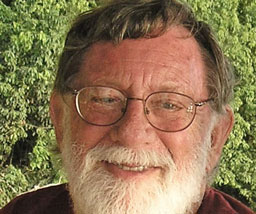 “It so happens that Annapolis is a rich and hugely significant historical zone. It is perhaps one of the most extensive settlement areas associated with the Kashaya Pomo…”
“It so happens that Annapolis is a rich and hugely significant historical zone. It is perhaps one of the most extensive settlement areas associated with the Kashaya Pomo…”
